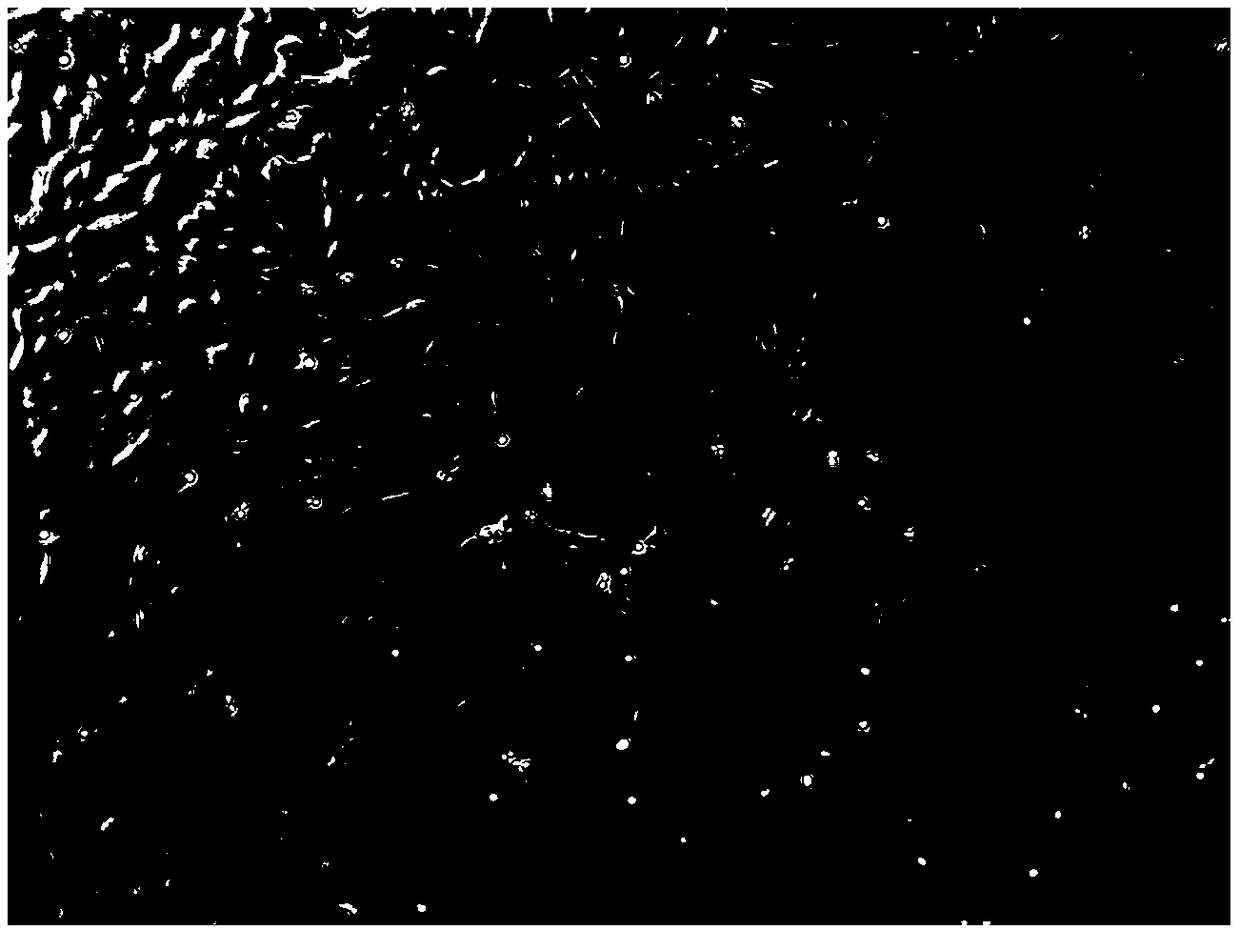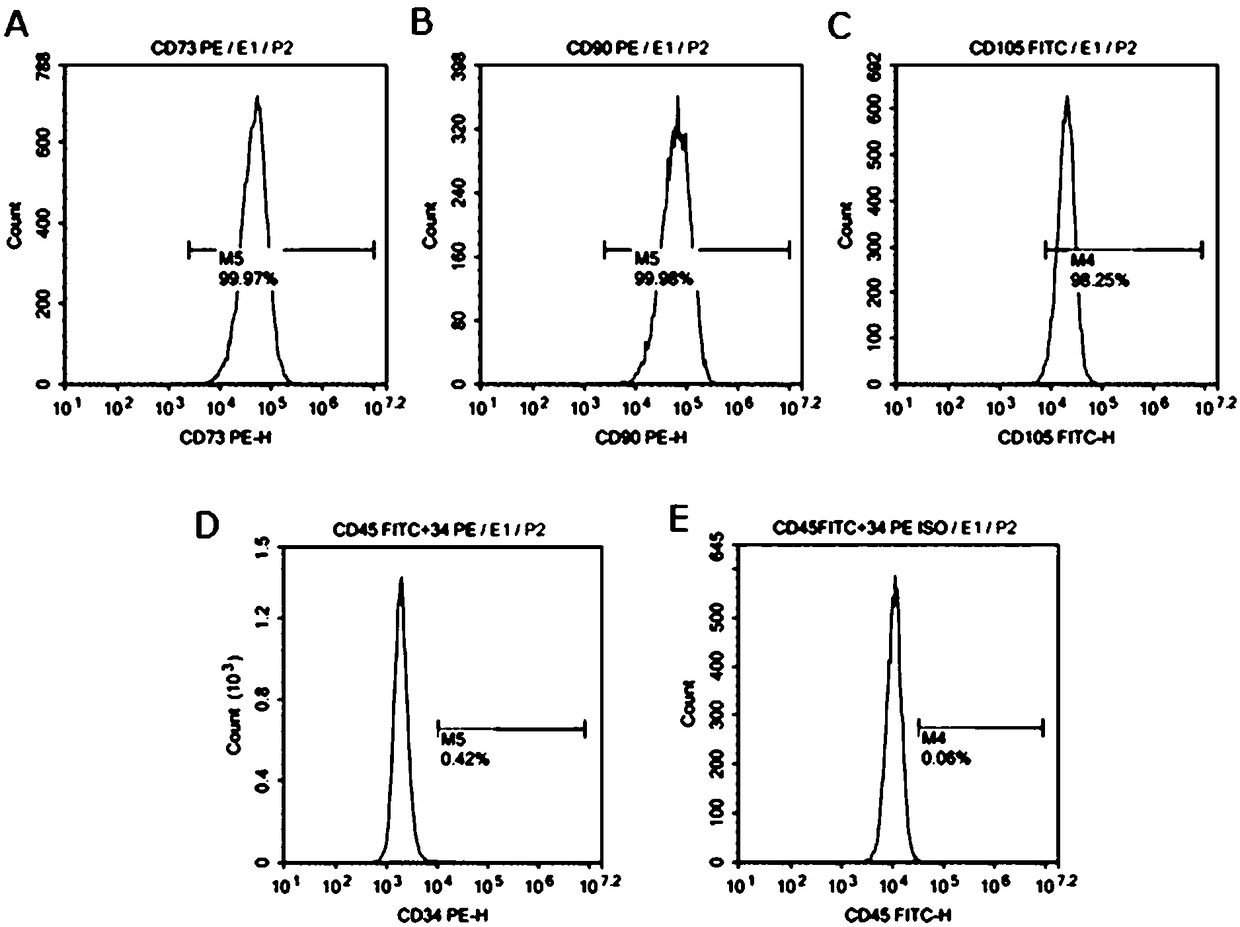Separation, culture and purification methods of human amniotic mesenchymal stem cells
A technology of mesenchymal stem cells and separation methods, applied in the field of culture and purification, and separation of human amniotic mesenchymal stem cells, can solve problems such as damaged tissues and cells, impaired activity of amniotic mesenchymal stem cells, and incomplete removal of epithelial cells, etc., to achieve The effect of increasing the growth rate
- Summary
- Abstract
- Description
- Claims
- Application Information
AI Technical Summary
Problems solved by technology
Method used
Image
Examples
Embodiment Construction
[0030] The technical solutions of the present invention will be described in further detail below in conjunction with specific examples, but the present invention is not limited to the following examples.
[0031] Isolate, culture and purify human amniotic mesenchymal stem cells, the steps are as follows:
[0032] 1. The hospital collects full-term cesarean section human fetal placenta tissue, signs the client's informed consent before collection, and transports the tissue to the laboratory in a refrigerated and sterile environment at 4°C. During transportation, the tissue protection solution is used to protect the biological activity of the placenta tissue and protect the tissue. The solution is prepared by adding 25 μg / ml gentamicin sulfate and 5 μg / ml amphotericin B to normal saline to ensure no bacterial and fungal contamination during transportation;
[0033] 2. Isolate the amniotic membrane tissue in the sterile laboratory, wash the amniotic membrane tissue 2-3 times wit...
PUM
| Property | Measurement | Unit |
|---|---|---|
| thickness | aaaaa | aaaaa |
Abstract
Description
Claims
Application Information
 Login to View More
Login to View More - R&D
- Intellectual Property
- Life Sciences
- Materials
- Tech Scout
- Unparalleled Data Quality
- Higher Quality Content
- 60% Fewer Hallucinations
Browse by: Latest US Patents, China's latest patents, Technical Efficacy Thesaurus, Application Domain, Technology Topic, Popular Technical Reports.
© 2025 PatSnap. All rights reserved.Legal|Privacy policy|Modern Slavery Act Transparency Statement|Sitemap|About US| Contact US: help@patsnap.com



